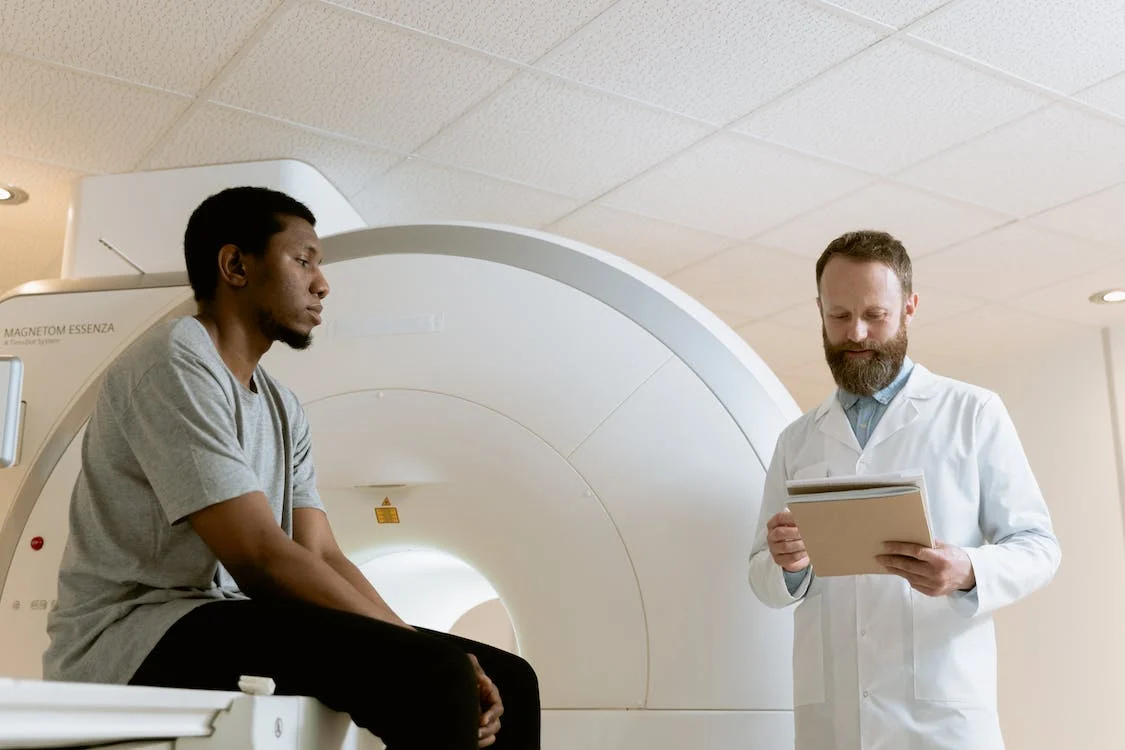
E-learning in Surgery- How it is Revolutionized?
E-learning in surgery has revolutionized the way surgeons learn and train. In the past, medical students and professionals had to rely solely on traditional learning methods such as lectures, textbooks, and hands-on experience. However, with the advent of e-learning, surgeons now have access to a wide range of learning tools that can help them stay current on the latest surgical techniques.
From the convenience of online lectures to the realism of virtual reality simulations, e-learning is transforming surgical education and professional development. This article looks at the benefits and resources available for e-learning in surgical education and the impact on patient outcomes.
Table of Contents
What is E-learning in Surgery?
E-learning in surgery is a form of educational technology that provides interactive learning opportunities for surgeons, students, and other healthcare professionals. It typically involves using computers and the internet to deliver educational content and activities, such as lectures, simulations, quizzes, and interactive activities.
E-learning helps surgeons stay up to date on the latest surgical techniques and avoid practicing outdated methods. For instance, online platforms like Webop have provided illustrated and text-based resources on different surgical techniques. It also enables surgeons to quickly learn new procedures by watching videos, reading books on their own time, and participating in group discussions and virtual meetings with other surgeons.
Advantages of E-learning in Surgery Education
Here are some reasons why e-learning in Surgery will always be beneficial:
Convenience and Flexibility
E-learning offers students and professionals the ability to access education and training from any location at any time, making it much more convenient and flexible than traditional classroom instruction. With online resources and simulations, students and professionals can learn at their own pace and on their own schedule.
Improved Access to Education
E-learning can help improve education access for students and professionals in remote or underserved areas. Online resources and simulations can provide access to education and training that would otherwise be unavailable.
Cost-Effectiveness
E-learning can also be more cost effective than traditional forms of education. With e-learning, there are no fees associated with travel and accommodation, and resources can be shared and reused. Additionally, e-learning can reduce costs related to training and professional development.
Improved Patient Outcomes
With simulations and other interactive resources, e-learning can improve the skills and knowledge of students and professionals, which can ultimately lead to improved patient outcomes. Using simulations can also help reduce errors and improve safety in surgical procedures.
Standardized and Consistent Education
E-learning also allows for consistent, standardized educational content for students and professionals. It provides a standard knowledge base and helps bridge the gap in areas where education may need to be more consistent.
Continual Professional Development
With e-learning, professional development and continuing education become more accessible and easier to schedule. This allows for constantly updating knowledge and staying current with the latest surgical practices and advancements.
Types of E-learning Resources Available for Surgery Education
Surgery e-learning resources are available in many formats, such as:
Online Lectures and Video Resources
Online lectures and video resources allow students and professionals to access recorded lectures and presentations on a wide range of surgical topics. Many of these resources are available on platforms like YouTube and Webop.
Interactive Tutorials and Quizzes
Interactive tutorials and quizzes are other popular forms of e-learning in surgery education. They provide students and professionals with the ability to test their knowledge and understanding of surgical concepts. These resources are often available on online learning platforms such as Coursera, Udemy, and Khan Academy.
Simulations and Virtual Reality
Simulations and virtual reality are becoming increasingly popular in surgery education. These resources allow students and professionals to practice and refine their surgical skills in a safe and controlled environment. A wide range of simulations and virtual reality resources are available, including virtual reality surgical and robotic surgery simulators.
Mobile Apps and Websites
There is also a range of e-learning resources available in the form of mobile apps and websites designed specifically for surgical education. These resources include anatomy and surgical procedure animations, interactive case studies, and virtual patient simulations.
Webinars and Online Conferences
Webinars and online conferences allow students and professionals to learn and interact with experts in their field. They provide an excellent opportunity for attendees to ask questions, gain new insights and network with their peers.
Conclusion
E-learning in surgical practice is an increasingly popular method for continuing medical education (CME) and professional development. The advantages of e-learning in this context include the ability to access education from anywhere, the flexibility to learn at one’s own pace, and the cost-effectiveness. With technological advancements, e-learning also has the potential for future uses in surgical practice, such as telemedicine, remote supervision, and beyond.
Overall, e-learning has the potential to improve the quality of surgical education and patient outcomes in both the educational setting and in practice.
January 12, 2023


















